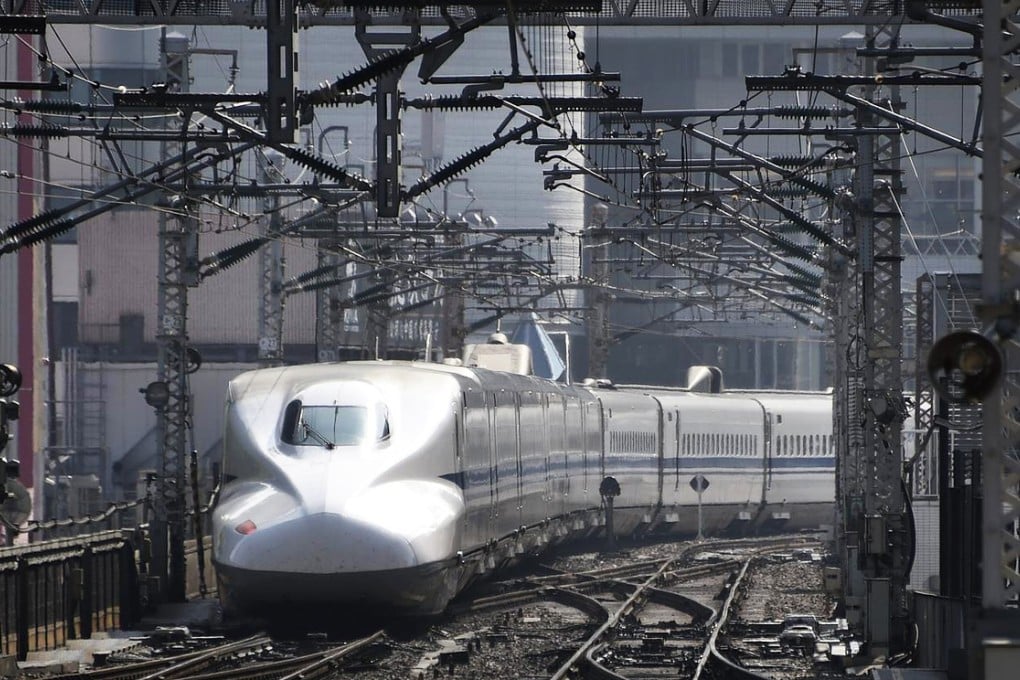Japan's high-speed Shinkansen bullet train turns 50
Japan marks anniversary of Shinkansen's first high-speed journey between Tokyo and Osaka

It was, retired Japanese railway engineer Fumihiro Araki recalls, "like flying in the sky".

The Shinkansen, as it is called in Japan, gave a boost to train travel in Europe and Asia at a time when the rise of the car and the passenger plane threatened to eclipse it. It was also a symbol of pride for Japan, less than two decades after the end of the second world war and a precursor of the economic "miracle" to come.
The October 1, 1964, inauguration ceremony was re-enacted at Tokyo Station yesterday at 6am, complete with ribbon cutting. The first bullet train, with its bulbous round nose, travelled from Tokyo to Osaka in four hours, shaving 2½ hours off the 513km journey. The latest model, with a space-age-like elongated nose, takes just two hours and 25 minutes.

"It was like flying in the sky, it was that kind of feeling," said Araki, the acting director of the museum. "On a clear day, you could see Mount Fuji, and riding atop the railway bridge at Hamanako lake was very pleasant. It felt like you were sailing above the sea."
Japan started building a high-speed line during the second world war, but construction was halted in 1943 as funds ran out. The idea was revived in the 1950s, but many questioned the wisdom of such a costly project, particularly with the expansion of air travel and highways.